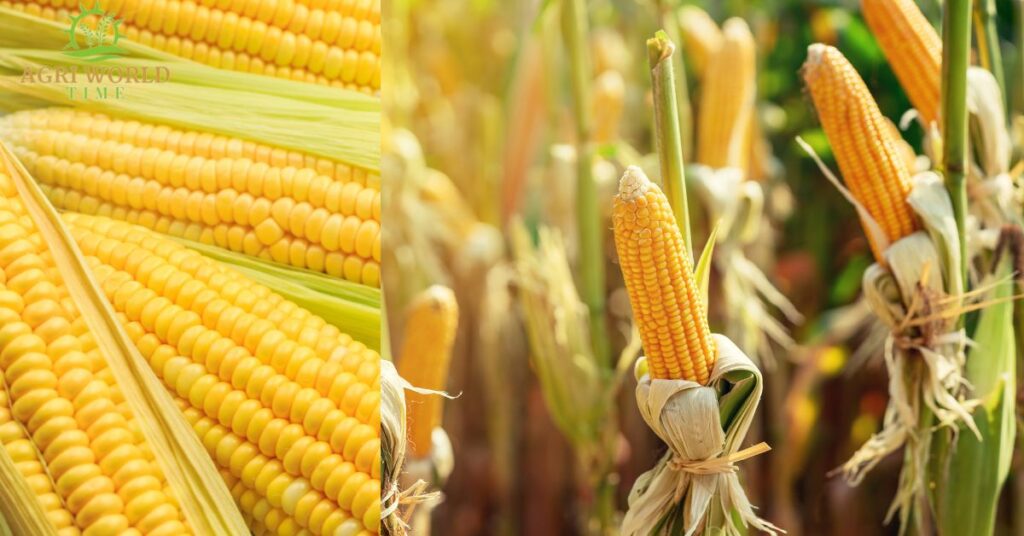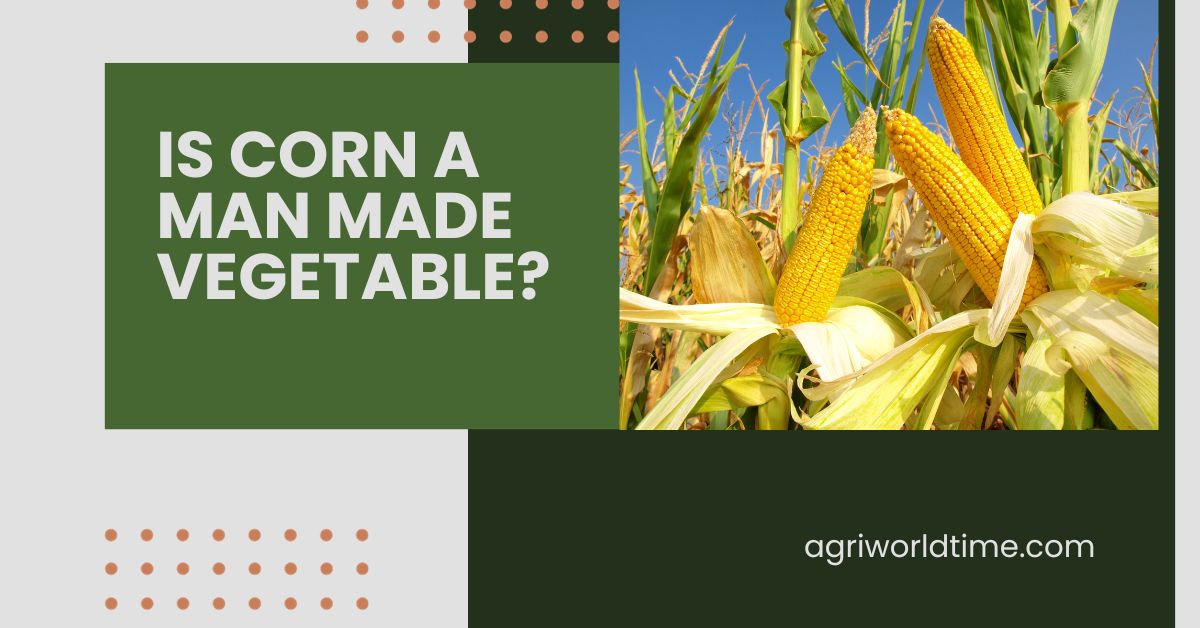Corn is a staple in many diets worldwide. It has a rich history that dates back thousands of years. But is it a man-made vegetable, or does it have natural origins? In this blog, we will delve into the fascinating history of corn and its classification as a vegetable. Additionally, we’ll explore what distinguishes man-made vegetables from those that occur naturally in our environment.
The Origins of Corn
Corn, scientifically known as Zea mays, is a cereal grain that originated in the Americas. The history of corn dates back over 7,000 years, when it was first cultivated by indigenous peoples in Mesoamerica, including the Aztecs and Maya. These ancient civilizations played a pivotal role in the domestication and development of corn as we know it today.
Corn’s wild ancestor is believed to be a grass called teosinte, which was transformed through selective breeding into the maize we recognize today. This transformation was achieved over time but took centuries of careful cultivation. The process involved selecting plants with desirable traits, such as larger kernels, easier harvesting, and replanting their seeds. Over generations, this selective breeding led to the evolution of corn into a distinct and valuable crop.

Is Corn a Vegetable?
Now that we understand the origins of corn, let’s address the question: Is corn a vegetable? The classification of corn as a vegetable can be a topic of debate, primarily because it needs to fit neatly into traditional botanical categories.
From a botanical perspective, corn is classified as a grain, specifically a cereal grain. In botanical terms, vegetables are typically defined as edible parts of plants, such as leaves (lettuce), roots (carrots), stems (celery), and flowers (broccoli). Corn, however, is the seed of the maize plant, which makes it more similar to other grains like wheat, rice, and oats.
However, in culinary terms, corn is often considered a vegetable. When we refer to corn as a vegetable, we are usually talking about the sweet and tender kernels that we eat as part of our meals. Corn is a versatile ingredient used in various dishes, from salads and soups to casseroles and side dishes.
So, whether corn is considered a vegetable or a grain depends on the context. Botanically, it’s a grain, but in culinary terms, it’s often treated as a vegetable.
Man-Made vs. Naturally Occurring Vegetables
To understand the concept of man-made vegetables, we first need to define what it means for a plant to be “man-made.” Man-made vegetables are typically the result of human intervention, cultivation, and selective breeding, much like what happened with corn. Here are some examples of man-made vegetables:
Broccoli:
Broccoli is a man-made vegetable that was developed from wild cabbage plants through selective breeding for desirable traits.
Cauliflower:
Like broccoli, cauliflower is another man-made vegetable derived from wild cabbage species.
Kale:
Kale is a leafy green that has been cultivated and selectively bred by humans for centuries, resulting in various varieties.
Carrots:
The modern carrot is a product of human cultivation, selectively bred from wild carrots to produce larger, sweeter, and more colorful roots.
Lettuce:
Various lettuce varieties have been cultivated and bred by humans for different textures, colors, and flavors.
Tomatoes:
Although technically a fruit, tomatoes are often considered vegetables in culinary terms. They have been selectively bred for size, flavor, and other characteristics.
In contrast, naturally occurring vegetables are those that exist in the wild without significant human intervention. These vegetables have not been extensively modified through breeding and are typically found in their natural state. Examples of naturally occurring vegetables include:
Spinach:
Wild spinach varieties can be found in nature, although cultivated forms are more commonly consumed.
Asparagus:
Wild asparagus can be found in some regions and is a close relative of the cultivated variety.
Wild Garlic:
Wild garlic is a foraged vegetable that grows in wooded areas.
Dandelion Greens: Dandelion greens can be found growing wild and are sometimes used in salads.
Conclusion
In conclusion, corn’s history is a testament to the transformative power of human cultivation and selective breeding. While it is botanically classified as a grain, it is often considered a vegetable in culinary contexts due to its widespread use and versatility in dishes.
Man-made vegetables, such as broccoli, cauliflower, and carrots, are the result of centuries of human intervention in plant breeding to create varieties with desirable traits. Naturally occurring vegetables, on the other hand, are those that exist in the wild without significant human modification.
So, is corn a man-made vegetable? While it has undergone extensive human-driven evolution, it blurs the lines between vegetable and grain, highlighting the complex relationship between botany and culinary tradition. Regardless of its classification, corn remains a fundamental and cherished part of diets around the world, bridging the gap between nature and culture in our culinary landscape.
FAQs
Is corn a vegetable or a grain?
Corn is botanically classified as a grain, but it is often considered a vegetable in culinary contexts when referring to the edible kernels.
What is the history of corn cultivation?
Corn has a history dating back over 7,000 years, originating in the Americas and being cultivated and transformed by indigenous peoples in Mesoamerica, like the Aztecs and Maya.
What is the difference between man-made vegetables and naturally occurring vegetables?
Man-made vegetables are the result of human intervention and selective breeding to create desirable traits, while naturally occurring vegetables exist in the wild without significant human modification.
Why is corn considered both a grain and a vegetable?
Corn is botanically a grain due to its classification as a cereal grain. Still, in culinary terms, it’s often referred to as a vegetable because we primarily consume its sweet and tender kernels.
How did humans transform teosinte into modern corn?
Humans transformed teosinte into modern corn through centuries of selective breeding, choosing plants with desirable traits, and replanting their seeds over generations.
Can you explain the difference between corn and sweetcorn?
“Corn” is a broad term that encompasses all varieties of the maize plant. It includes those grown for various purposes like animal feed and industrial uses. “Sweetcorn” refers specifically to the variety grown for human consumption, known for its sweet, tender kernels.
Is corn a natural or genetically modified (GMO) crop?
Corn can be found in both natural and genetically modified forms. Some varieties of corn have been genetically modified for traits like resistance to pests or herbicides.
How vital is corn in global diets?
Corn plays a crucial role in global diets, serving as a staple food in many cultures and being used in a wide range of dishes, from tortillas and tacos to cornbread and polenta.

